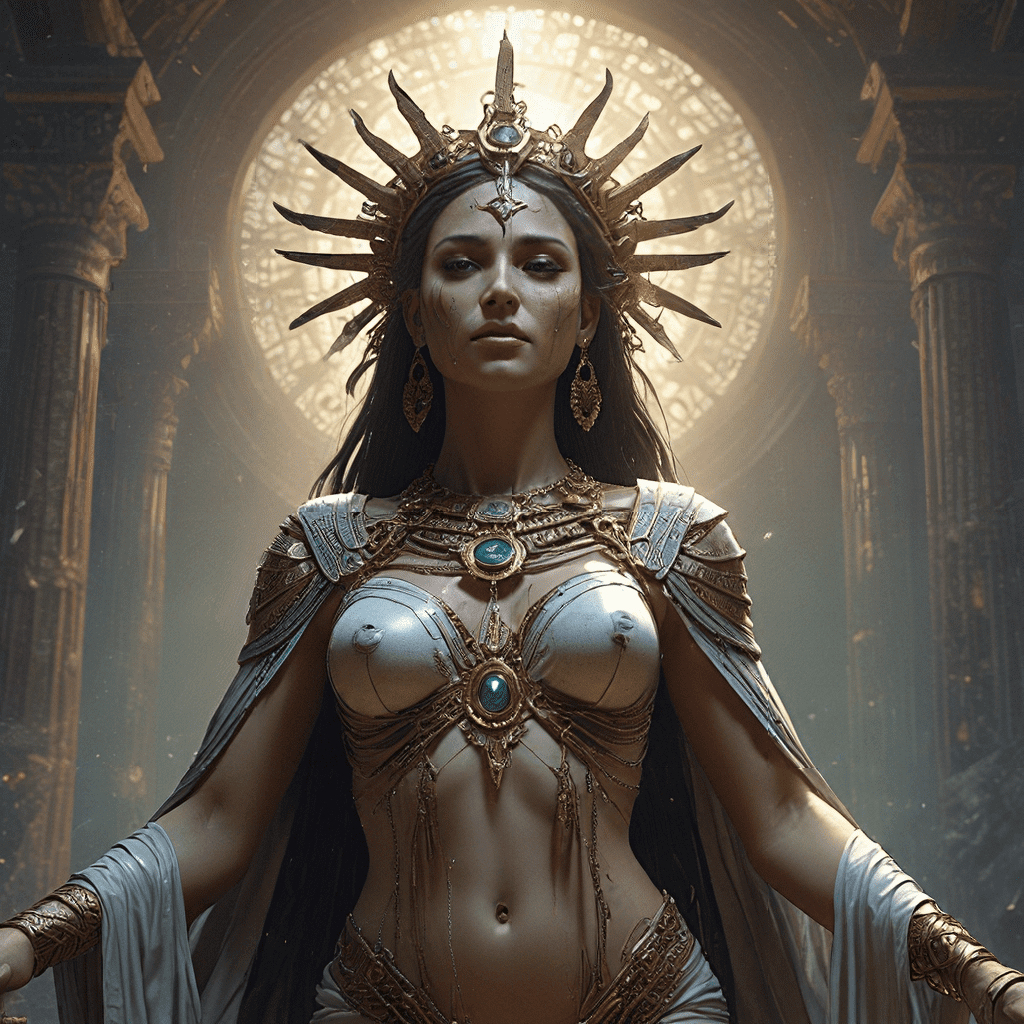I. Introduction: The Many Faces of Bast
In the captivating world of ancient Egyptian mythology, Bast stands as a multifaceted goddess, weaving together power, grace, and protection. She was not simply a single deity, but rather a complex tapestry of roles and attributes. As a revered and beloved goddess, Bast embodied both the fierce guardian of the underworld and the gentle protector of domestic life. Throughout history, her image evolved, reflecting the changing needs and beliefs of the ancient Egyptians.
II. The Lioness Aspect: Guardian of the Underworld
Bast’s connection to the lioness, a symbol of strength and ferocity, firmly anchored her in the realm of the afterlife. This fierce aspect made her a powerful protector of the dead, capable of driving away evil spirits and ensuring safe passage into the next world. The lioness, with its powerful roar, represented the untamed force of nature and the raw strength needed to navigate the challenges of the underworld. Bast, in her lioness form, became a formidable guardian, ensuring that the souls of the deceased could find peace and eternal rest.
It’s important to note that Bast’s lioness aspect is also linked to Sekhmet, a fierce goddess of war and destruction. While Bast is often portrayed as a benevolent protector, her association with Sekhmet reminds us that she also embodies the fierce and vengeful side of the divine. This duality highlights the complex nature of Bast and her capacity for both fierce protection and righteous retribution.
III. The Cat Goddess: The Domestic Side of Bast
Bast is often depicted as a cat, a graceful and enigmatic creature deeply revered by the ancient Egyptians. This association with the feline world symbolizes domesticity, grace, and protection. Cats were held in high esteem in ancient Egyptian society, cherished for their companionship, their ability to control pests, and their association with fertility and good fortune. Bast’s association with cats reflects their importance, tying her to the everyday life of the people she protected.
Bast’s feline form became a symbol of motherhood and the protection of children. She was particularly associated with childbirth and the wellbeing of women and children, ensuring their safety and prosperity. This gentle side of Bast underscores her multifaceted nature and her role as a nurturing and protective force in Egyptian society.
IV. Bast and the Sun God: A Powerful Alliance
Bast’s relationship with Ra, the sun god, elevated her power and influence in the cosmos. She was often depicted as a fierce protector of Ra, her lioness form guarding him from the dangers lurking in the underworld. This connection to the sun god solidified her role as a powerful deity, bringing her closer to the source of life, light, and creation. Bast’s association with Ra also reinforced her role as a protector of the living, ensuring their safety and well-being under the watchful eye of the sun god.
Bast’s connection to Ra also symbolized the cycle of life and death, the eternal renewal represented by the sun’s daily rise and fall. She became a goddess of rebirth, guiding souls towards the afterlife, ensuring their safe passage and ushering them into the next phase of existence. This powerful connection with the sun god further solidified her role as a guardian of both the living and the deceased.
V. The Bubastis Festival: A Celebration of Bast’s Power
The annual Bubastis Festival, dedicated to Bast, was a vibrant celebration of life, music, and devotion. Held in the city of Bubastis, which was considered Bast’s sacred domain, the festival drew crowds from all corners of Egypt. People came to honor the goddess, offer sacrifices, and participate in joyous festivities, including dancing, singing, and feasting. The Bubastis Festival was a testament to Bast’s popularity and influence, showcasing her importance to the ancient Egyptians and highlighting the vibrant cultural traditions that surrounded her worship.
The festival was a time of revelry and spiritual connection, a reminder of Bast’s role as a benevolent protector and a symbol of life, joy, and prosperity. The music, dancing, and offerings were all expressions of devotion and gratitude, reflecting the deep connection between Bast and her worshippers.




